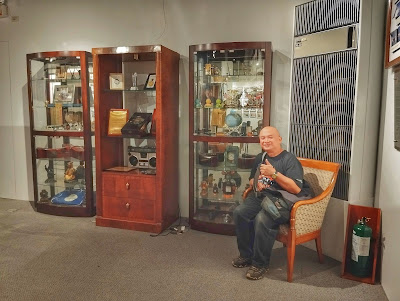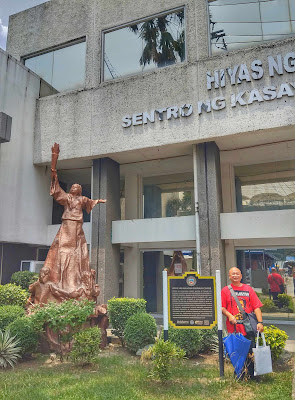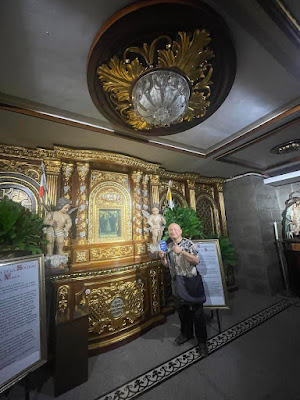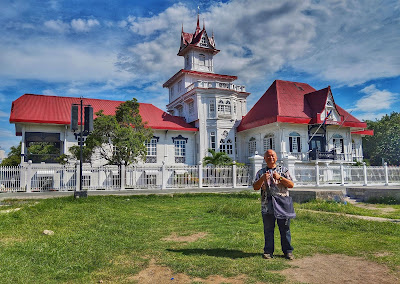During the rainy season, a lot of local and international outdoor enthusiasts here in the Philippines would most definitely frown upon scenarios involving storms, typhoons, floods, and the like, all of which provide expected nightmares as far as destination enjoyment would enter the picture.
As an avid outdoorish kind of an individual, during this specific time of the season in this archipelago, several of my travels then would most likely revolve around indoor venues such as shopping malls, unique regional restaurants, heritage villages, and museums.
Speaking of museums, as far as I see it, the most popular ones would be the National Museum of Fine Arts, Ayala Museum, National Museum of Natural History, National Museum of Anthropology, and many more, which have been constantly flocked by various art-loving tourists. As you can see, a huge majority of frequently visited museums reside in the Metro Manila area, especially in the historic City of Manila.
Lo and behold, situated around 45 kilometers from Manila, is an underrated museum quietly hidden inside the Gateway Business Park at Barangay Javalera in General Trias, Cavite, brimming with loads of very unique historical artifacts, which is so worth the visit.
The privately-owned Geronimo Berenguer De Los Reyes Jr. Museum, popularly known to avid history advocates as the GBR Museum, provides the viewing public with a plethora of rare materials connected to history, culture, and the arts.
 |
| Facade of the GBR Museum |
Arriving at the Reception Area, the entrance fee is P100 for regular visitors, and P80 for senior citizens and students (with IDs). Student tour groups can avail of a special discount.
 |
| Reception Area |
Consisting of six areas centering on various moments in Philippine history and the evolution of air transportation, this establishment aims to help tourists see our country in a new perspective.
Pavilion-A contains the various achievements and memorabilia belonging to GBR.
 |
| Various GBR Memorabilia |
 |
| Space Exploration Memorabilia |
Moving on to the Pavilion-B, visitors could view several photos linked to the Pre-Spanish Revolution.
 |
| Old Structures |
 |
| Old Philippine Attires |
The General Aviation A room contains model planes and paintings depicting old aviation, while the General Aviation B room houses model aircraft and artworks too, but showcasing the modern ones.
 |
| General Aviation A |
 |
| General Aviation B |
Various unique memorabilia revolving around the Spanish Revolution and Phil-American War can be found in Pavilion-C. An enlarged replica of the authentic Jose Rizal Execution photo, which they have at their custody, but prohibited for public viewing, is one of the main highlights in this museum.
 |
| Replica of the Jose Rizal Execution Photo |
 |
| Gen. Emilio Aguinaldo Memorabilia |
Lastly, the Pavilion-D displays items and paintings depicting The Second World War, Liberation, Peacetime, The Philippines after July 4, 1946, and as Asia's First Republic.
 |
| Photos of World War II & the Japanese Occupation |
 |
| Gen. Douglas MacArhur Memorabilia |
By the way, in front of museum is the Monument of Crisanto Mendoza De Los Reyes with Maximino Inocencio and Enrique Paraiso. A "Cavite Mutiny of 1872" granite memorial can be seen at the background.
 |
| De Los Reyes Monument & "1872 Cavite Mutiny" Memorial |
Given all of these, the GBR Museum is definitely worth the trip especially for history buffs out there. Explore Pinas!
















































